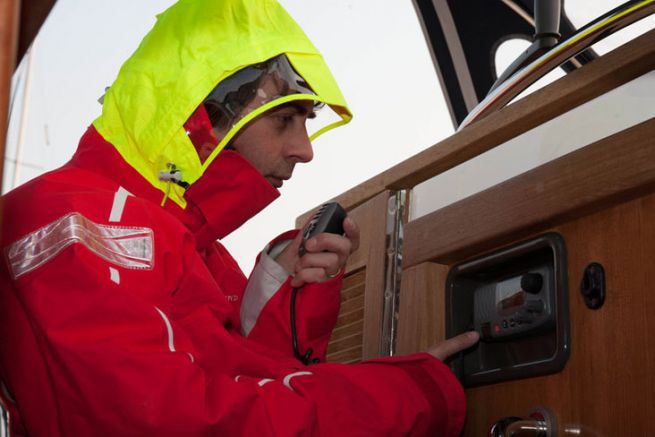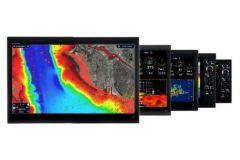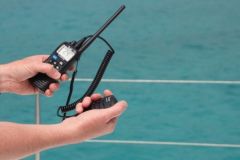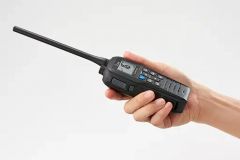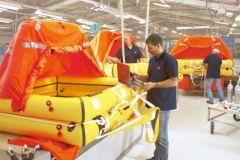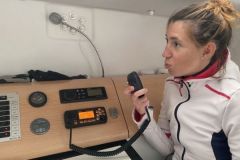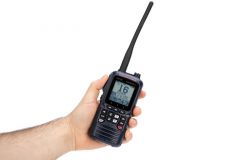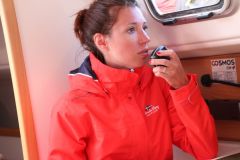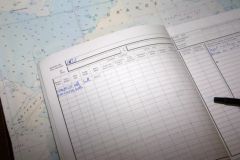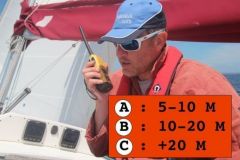In our article explaining VHF communications published on June 22, 2018 we are announcing"4 new channels for pre-equipped positions". Indeed, these duplex channels are no longer used by land stations and can therefore be assigned to ship to ship simplex communication.
This article mentions the Agence Nationale des Fréquences (ANFR) as having'released' the use of its channels 1019, 1020, 1078 and 1079 (lower parts of duplex channels 19, 20, 78 and 79). This is an abuse of language on our part.
It is not the ANFR that manages this part. She wanted to explain herself by sending us this text:
" It should be noted that it is not the responsibility of the ANFR to free channels and that the use of these VHF channels in the maritime mobile service is regulated as follows:
- Duplex lanes 19 (1019-2019) and 20 (1020-2020) are used for inland waterway operations as well as for communication between seaports and ships
- Duplex 79 (1079-2079) is used for services associated with the surveillance and rescue activities of the Regional Centres for Relief Organisation and Rescue at Sea (CROSS)
- Duplex 78 (1078-2078) is used for the management of industrial port facilities
Channels 1019, 1020, 1078 and 1079 cannot therefore be used in simplex. "
The assignees, owners of the frequencies
Radio spectrum belongs to the state. Maritime frequencies are shared between 3 assignees :
- The Ministry of Defence
- ARCEP (Autorité de Régulation des Communications Electroniques et des Postes)
- The Ministry of Equipment, Transport, Housing, Tourism and the Sea
They are the ones who agree on the use of the channels and their allocation. This agreement is defined by the Consultative Commission for Frequency Planning in a reference document called CPF23. ANFR is only the guarantor of the good use of these frequencies.
Towards digital exchanges
As we have seen with the appearance of AIS, the VHF band works well to exchange Data and improve navigation safety. This"eNavigation" opens many promises and undoubtedly all possible uses are not yet imagined. In frequency sharing, the CPF23 therefore incorporates the VDES (VHF Data Exchange System) since 2015. Without doubt, duplex channels will be used to develop this system of the future
